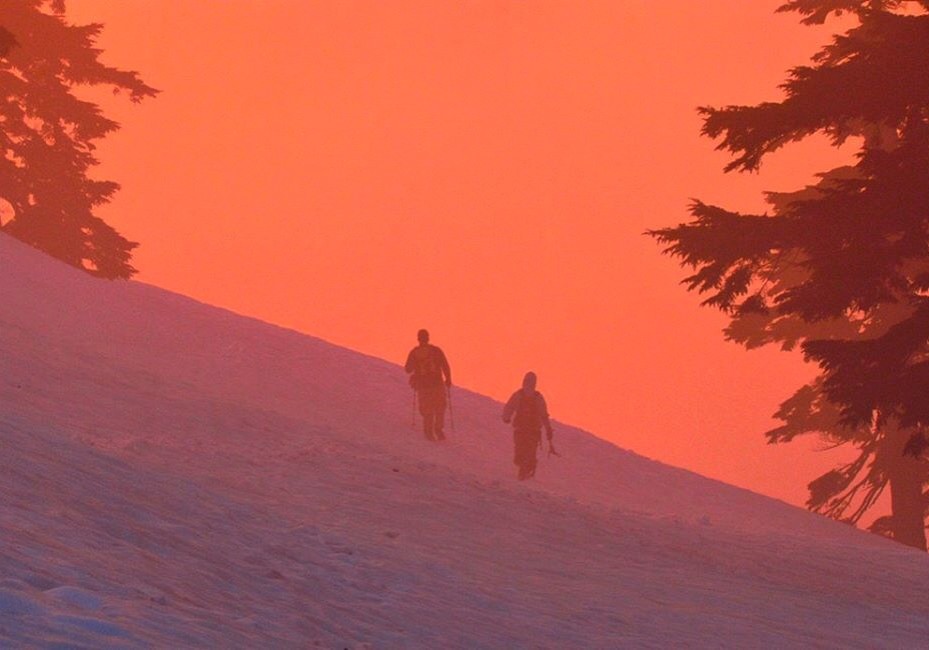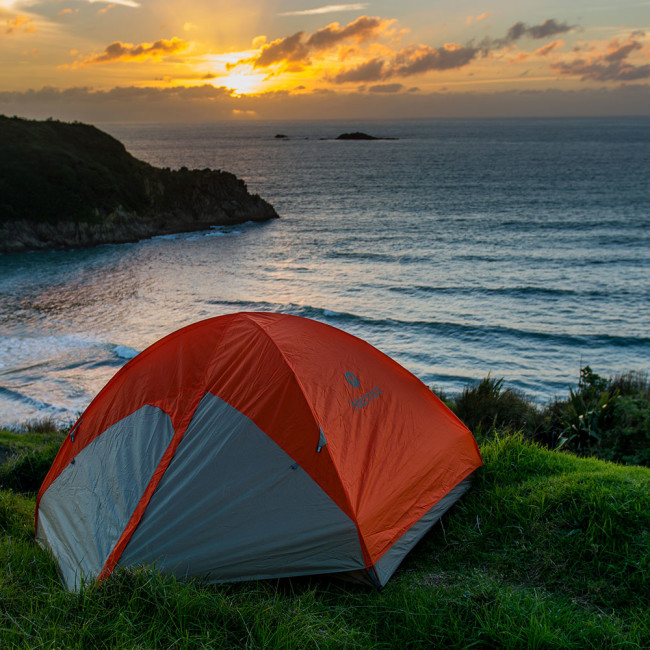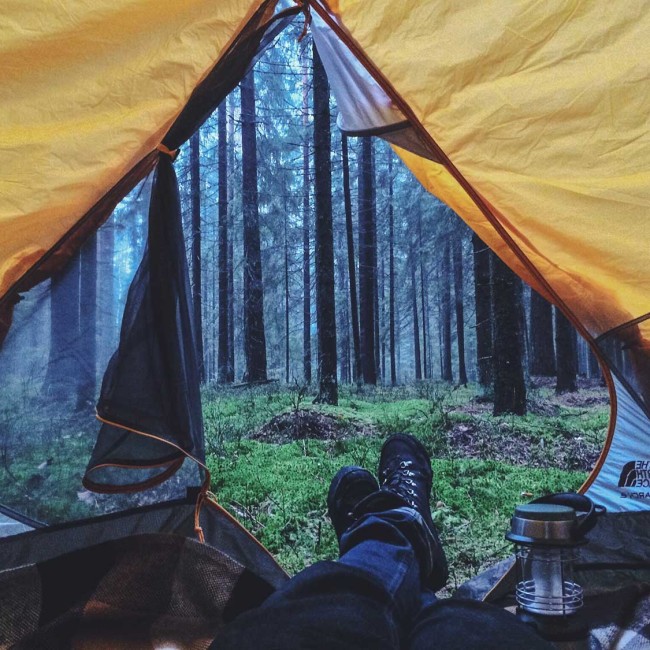Backcountry camping can be slightly intimidating for the inexperienced, especially when time is limited.
However, with some reading, the proper gear, and a bit of practice, it can be one of the most rewarding ways to end your work week.

Planning a backpacking trip in the wilderness ⎯especially on a tight schedule⎯ requires considerably more knowledge than a typical road trip.
One of the more risky aspects of taking part in a primitive camping trip is that when time is short, you can’t simply call it quits and hop in the car to head home; you must first get out of the woods.
In the wilderness, time has a way of getting away from you. If planning is not done carefully and thoroughly, you may find yourself more than three hours from any trailhead at a very inopportune moment.
For instance, time runs out six miles from your car, you’re out of luck. Chances are, your boss isn’t going to accept “I got lost in the woods,” any quicker than “my dog ate my homework.”
IN THE WILDERNESS, TIME HAS A WAY OF GETTING AWAY FROM YOU

Perhaps the most important skill to learn before attempting a backcountry camping trip is to accurately read topographic maps. Though dead reckoning skills⎯those that allow us to navigate using landmarks and a compass⎯ are valuable in the backcountry, they are not necessary for trail hikes. A basic understanding of what topographic lines represent will allow an individual to determine how rugged terrain on a trail will be and, consequently, how much time a trail will take to complete.
Topographic lines depict the elevation above sea level at a given location. They are generally drawn at specific increments: perhaps a 25-foot elevation change, or more commonly, 50. Lines drawn closer together on a map represent steeper terrain, while lines that are farther apart indicate a more gradual slope. Before departing, be sure to study the terrain’s gradient and prepare your group for the challenge ahead.

Trails that are depicted perpendicular to tight contour lines are more difficult than ones that run parallel to contour lines. Note steeper stretches, and allot more time to complete them. On the other hand, switchback trails that run parallel to contour lines and zigzag gradually up an ascent are easier, and take less time. They are less demanding than a straight shot up the side of a mountain. Though both are rewarding, it must be carefully noted when planning a trip that is limited on time.
The map that I use, made by National Geographic, shows distances between certain points such as trail junctions. Keeping in mind that the average physically fit hiker will walk approximately one or two miles in an hour, pick a route that will allow for completion in the time apportioned.
Hiking speed on steeper stretches of trail may drop below one mile per hour, while flat trails will be closer to two. When starting out, always overestimate the time that a trail will take until you know the pace that you and your group can keep. Don’t forget to factor in the time you will spend stopping at beautiful vistas and taking breaks.
Once you have a route determined, it is always a good idea to use websites, such as www.summitpost.com, to look up trails you intend on hiking. These websites often have descriptions and photos of the trail that help confirm its level of difficulty.
[funky_quote align="center"] A lack of experience can be substituted for more thorough planning and preparation [/funky_quote]

Backpacking in to a remote camp spot allows for a great escape from every day life and does not require an extensive amount of time.
Time constraints should not deter you regardless of the experience you have. To an extent, a lack of experience can be substituted for more thorough planning and preparation.
Practice accurately reading topographic charts on smaller day hikes close to home. Study the terrain you intend on hiking and adjust routes as needed to avoid unexpected difficulties.
These skills are invaluable on the trail, and will ensure you make it back in time for the Monday morning grind.
you might also like
New Plymouth
All signs point to New Zealand for some of the absolute best camping that side of the Pacific.
Eno DoubleNest Hammock
A hammock is one of those things that once you’ve tried one, camp life will never be the same again. Aside from the obvious uses of lounging and sleeping, a hammock is a great way to keep your gear off the ground while in camp, and it can even be used as a makeshift bag…
Pine Forest Front Door
Does your job require regular travel? We recommend having outdoor gear on hand in case there’s a camping opportunity like this one at the border of Finland and Russia.



